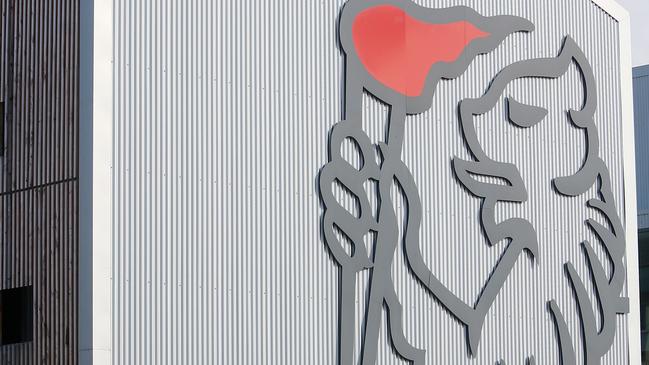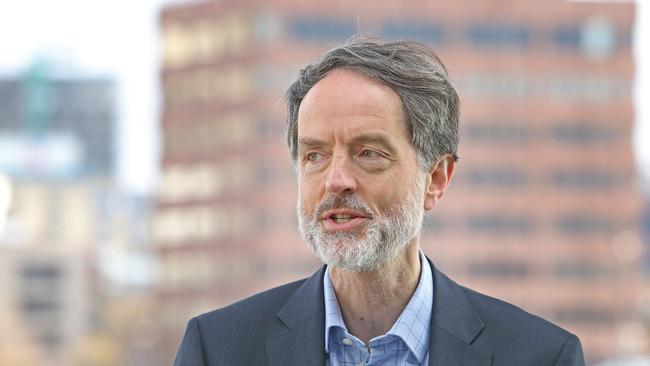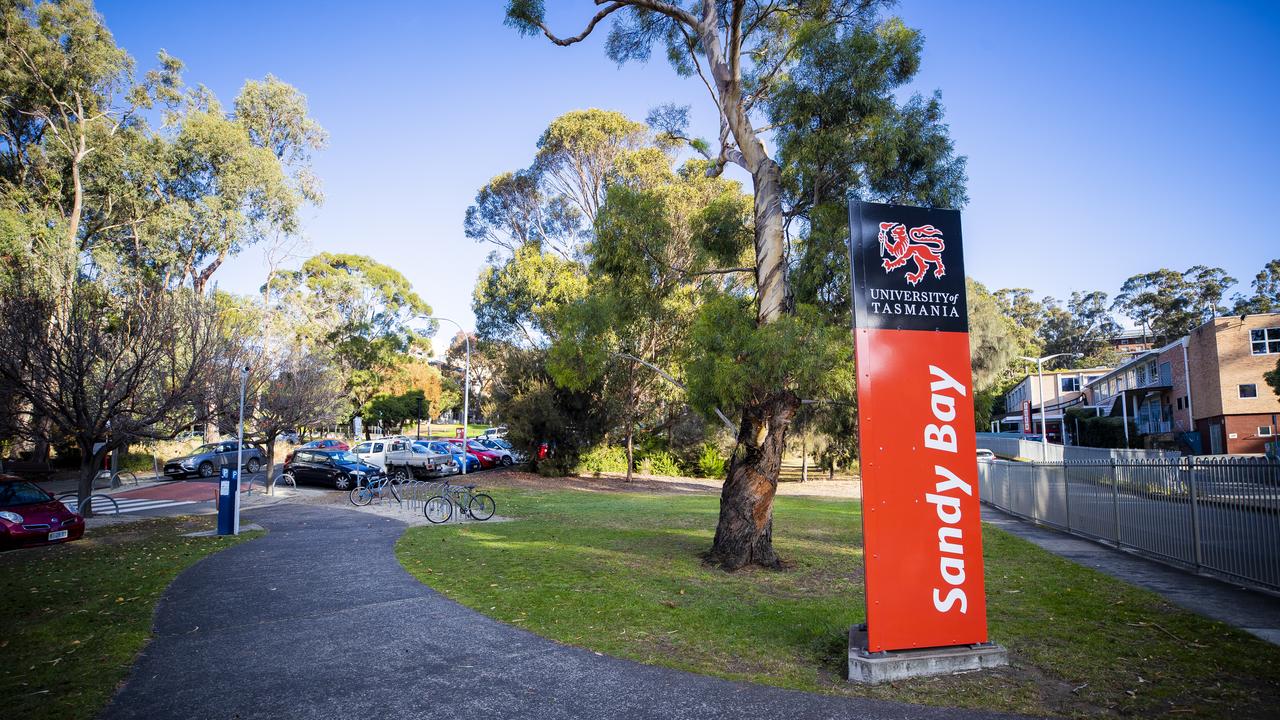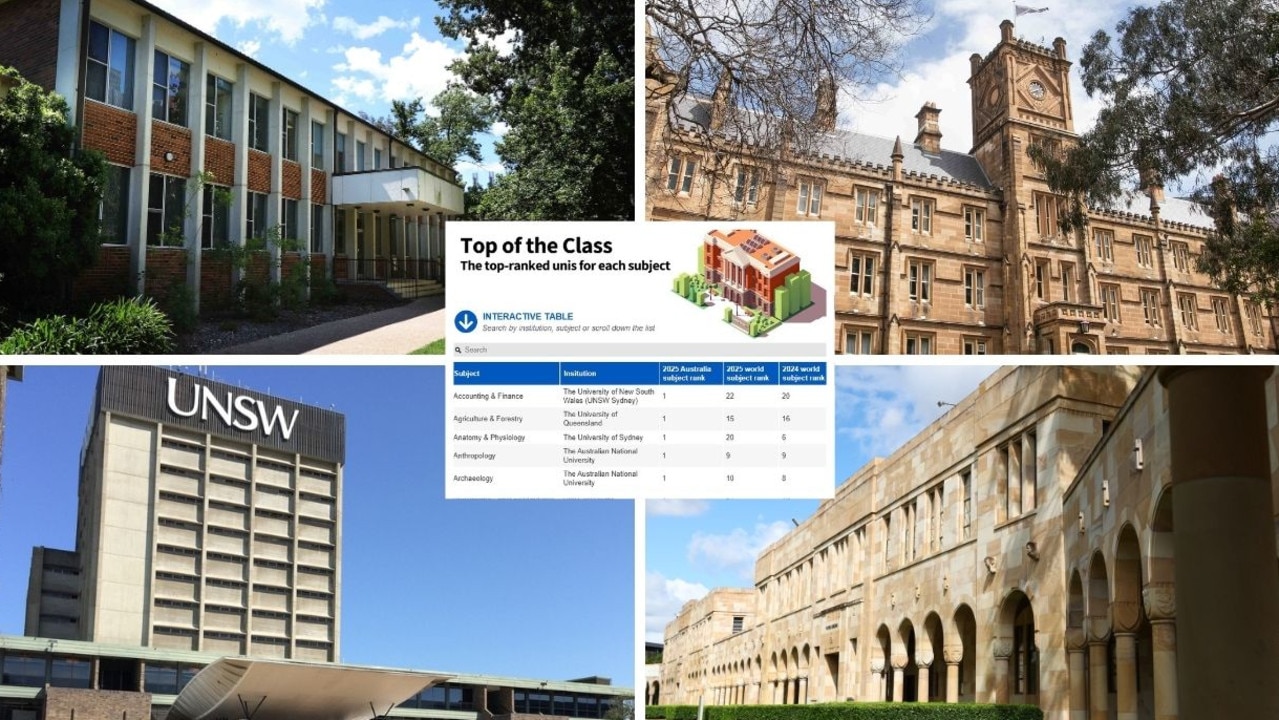UTAS budget blues: Challenges are ‘real and pressing’
The University of Tasmania’s annual report has revealed the depths of its financial woes — and a million-dollar salary for the top job. See how much the institution’s boffins are making >>
Tertiary
Don't miss out on the headlines from Tertiary. Followed categories will be added to My News.
- Rathjen investigated over misconduct claims at Melbourne University
- Historian lashes out at UTAS Vice-Chancellor Rufus Black
THE University of Tasmania has just five years to get itself of a sustainable footing, its million-dollar-a-year Vice Chancellor says.
UTAS recorded a 39 per cent drop in its surplus last year as stagnant revenue and increased costs wiped $46 million from its bottom line.
“The University’s challenges are real and pressing,” Chancellor Michael Field and Vice-Chancellor Rufus Black said in their institutional overview to this year’s annual report.
UTAS revenues for the 2019 calendar year grew by just 0.7 per cent to $769 million — bringing to an end a two-year run of double-digit growth.

At the same time, expenditure rose by eight per cent to $696 million.
The net result of a $72 million surplus reflected 40 per cent decrease on the year before.
“We are not long-term economically sustainable and being economically sustainable is no easy task,” the chancellor and vice-chancellor noted.
“The University’s mission is an intrinsically high-cost one as we support a model of
regional delivery, a broad quality offering and pathways to higher education for the whole
population. At an operating level, we break even.
“If the University doesn’t grow its core courses, we will not have the capacity to sustain the full breadth of today’s offering.”
The University released its strategic plan in July last year in a bid to ensure a more sustainable future.
The annual report revealed seven executives earning more than $375,000 a year, down from nine the year before.

Professor Black was paid around $975,000 — “a proportion of which” he donated to scholarships.
The university’s academic salary costs rose 7.4 per cent to $206 million, while non-academic salary costs rose 8.6 per cent to $200 million.
The report noted a 19 per cent increase in revenue from onshore fee-paying overseas students from $114 million to $136 million.
And the university holds $394 million in local and international property and shares, up from $366 million the year before and $209 million in total borrowings, up from $93 million.



